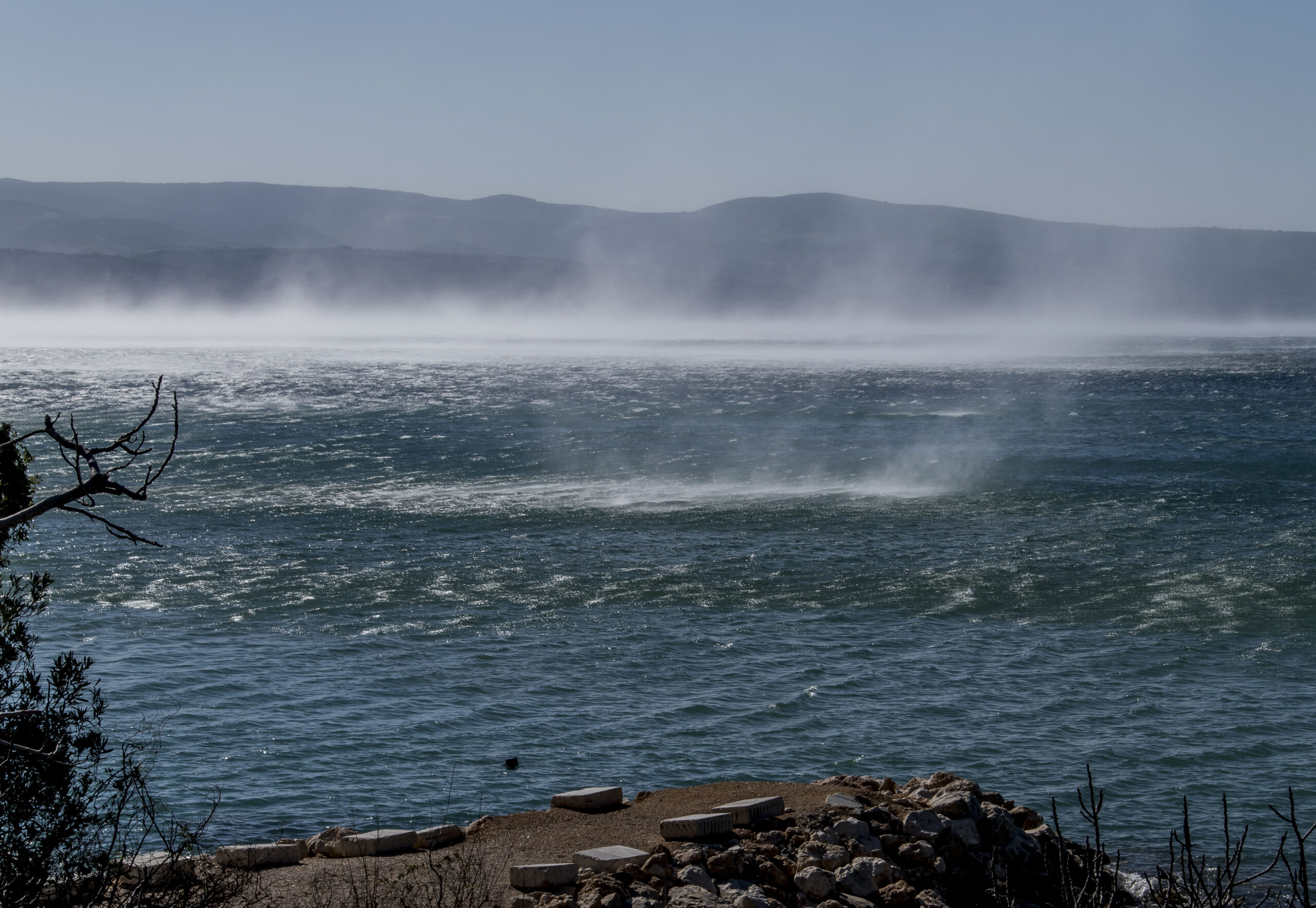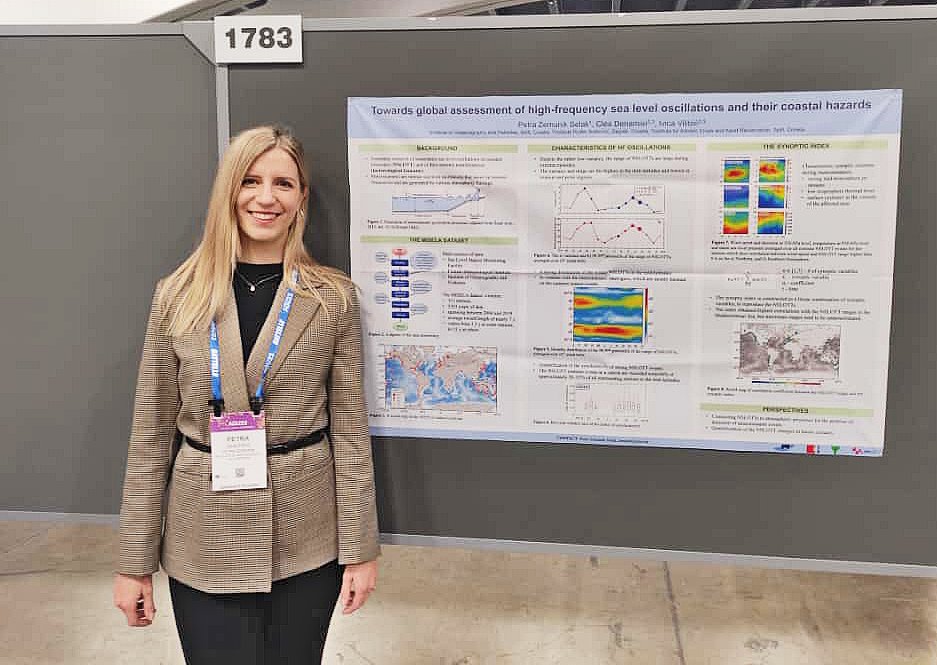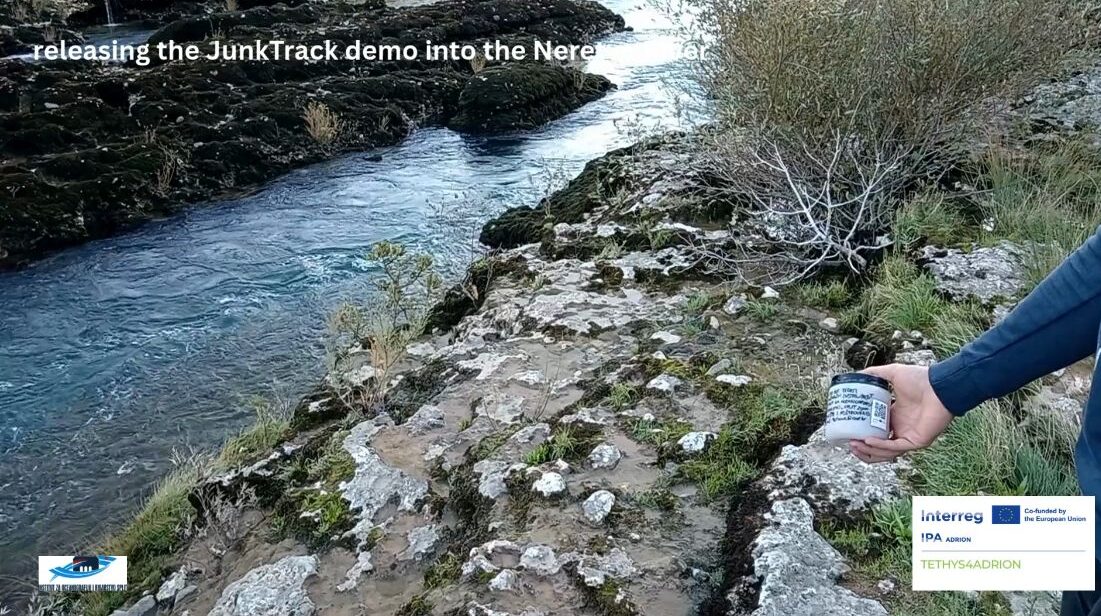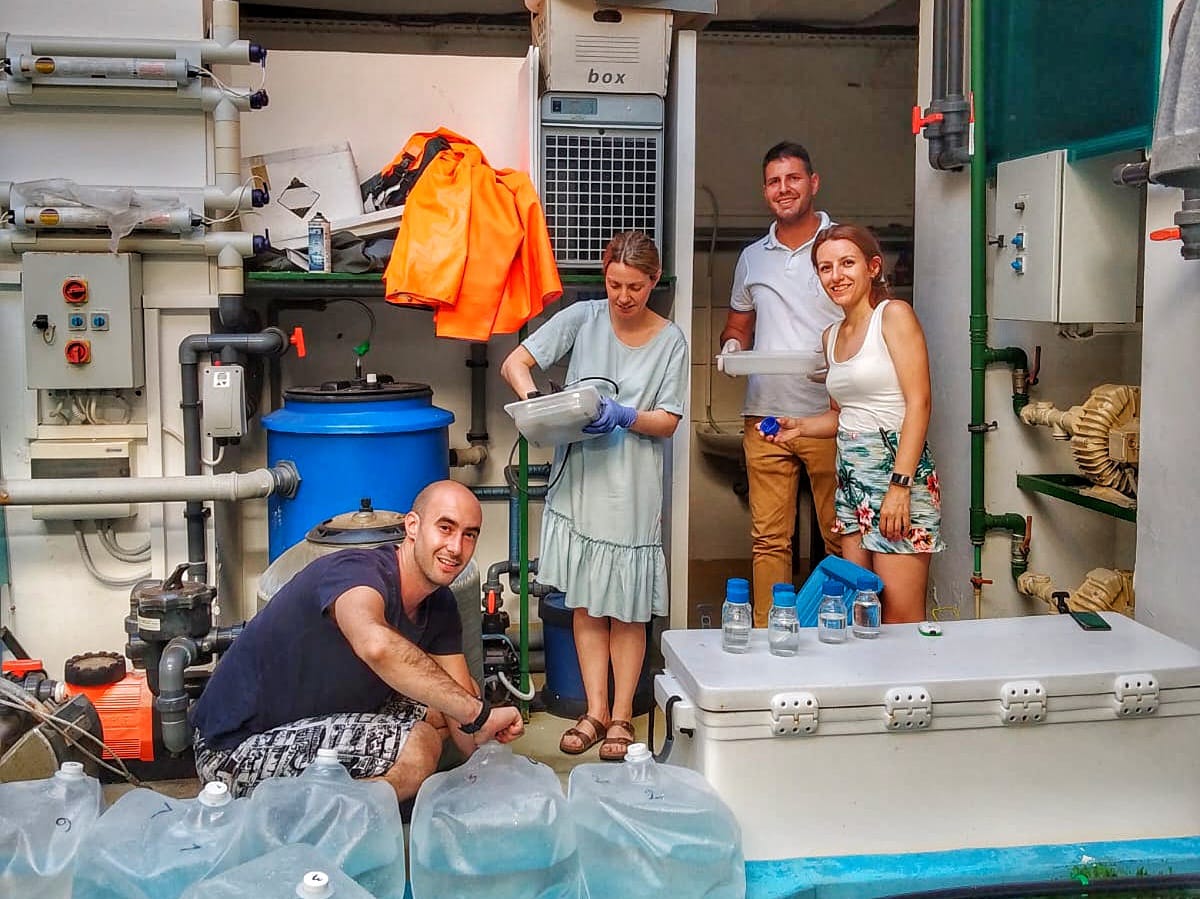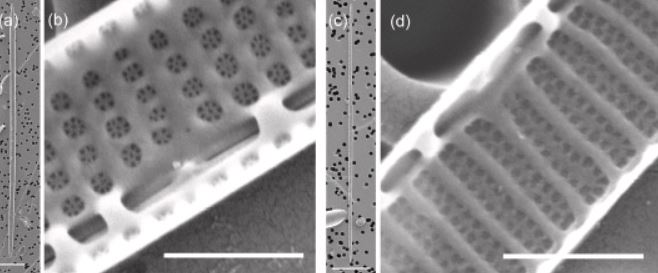The dense seawater that forms in the northern Adriatic during strong bora winds plays a key role in transporting oxygen into the deep layers of the sea and keeps the entire ecosystem in balance.
Led by Dr. Petra Pranić from our Laboratory of Physics, a scientific study on the dynamics of dense water in the Adriatic Sea was recently published. The researchers used advanced, high-resolution numerical models, such as the Adriatic Sea and Coast (AdriSC) model, to simulate and study the formation, dispersion and accumulation of dense seawater in the Adriatic as precisely as possible given its complex geomorphology.
Although the importance of bora winds for the formation of dense water in the shallower northern Adriatic was already known, an analysis of the results of the numerical model over thirty years (1987-2017) showed that up to a third of the dense water is formed in Kvarner Bay, which is deeper and warmer than the rest of the northern Adriatic. After formation, the dense water from the north gradually spreads southwards and feeds the bottoms of the Adriatic basins between February and May.
The research showed that the bottom layers of the northern Adriatic are renewed with new dense water every year, while this process takes about three years in the Jabuka pit basin and as long as ten years in the southern Adriatic pit basin. It was also emphasized that the expansion and accumulation of the dense water of the northern Adriatic is intensified in times of increased salinity in the Adriatic, which is due to the exchange of water between the Adriatic and the Ionian Sea.
The paper was published in the prestigious Journal of Geophysical Research: Oceans and was prepared in collaboration with colleagues from the Ruđer Bošković Institute. The research published in this paper was also conducted as part of the KLIMADRIA (Impact of Climate Change on the Open and Coastal Sea of the Central Adriatic) research project funded by the European Union – NextGenerationEU.
Link to the paper: https://agupubs.onlinelibrary.wiley.com/doi/epdf/10.1029/2024JC021182
